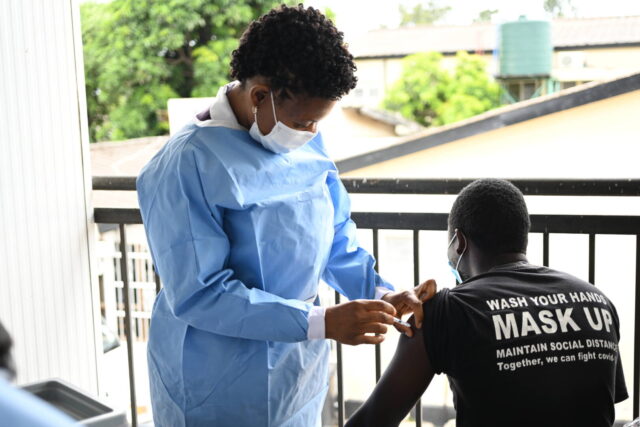Fatima, a 35-year-old mother of seven, was pressured to follow the customs of her village in Afghanistan.
“My mother-in-law told me, ‘Your [first] milk is dirty and you should throw it away. It is harmful for baby.’”
When her sixth child, Elnaz, was born, “I didn’t feed [her] with my breast milk for two days, the same as I did for my older children,” she says.
Instead, Fatima’s mother-in-law fed the baby with spoonfuls of powdered candy and animal oil. A week later, when Fatima tried to breastfeed, baby Elnaz wouldn’t accept her milk. Powdered milk offered a solution, but after four months the family couldn’t afford the cost. Fatima fed Elnaz a watered-down version of what the rest of the family was eating.
“Day-by-day Elnaz grew up, but not like a normal child,” says Fatima. “She started walking and speaking later than others. She even looked weak, thinner, and most of the time was sick.”
Fatima didn’t know how to reverse the course — then she met a group of mothers who had been trained and equipped by World Vision to teach hygiene and nutrition to their peers.
“I was very happy when the women came to my house and weighed Elnaz,” says Fatima. “They said they would help feeding her. Then I went to the house of one of my neighbors every day for 10 days. We cooked together for the children. Everybody brought a child and little bit of food from home.”
The women learned the importance of exclusive breastfeeding, when and how to add new foods that are healthy and local, and handwashing.
“Before, I didn’t pay particular attention to my children’s food,” says Fatima. “I had beans, vegetables, and carrots in the home, but didn’t know about [the] importance of these foods.
“On day 12, the supervisor weighed Elnaz. I could not believe it. Elnaz’s weight had been increased.” This put her daughter on the path to improved health.
Fast facts about breastfeeding
Optimal breastfeeding and nutrition could save 220,000 children’s lives each year, according to the World Health Organization (WHO). But per a 2011 report from the WHO, only 38% of children are exclusively breastfed in the first six months of life.
Even fewer get enough nutrients and diversity in their diet up to the age of 2 — mostly because many women lack the information they need to make good decisions about feeding their children. Here are five breastfeeding facts from the WHO:
- Breastfeeding should start within an hour of birth.
- Breast milk is nutritionally complete for a baby’s first six months of life.
- Breastfeeding contributes to a lifetime of better health.
- Infant formula doesn’t contain antibodies to protect children’s health, and both contaminated water in formula and over-diluted formula are dangerous.
- HIV-infected mothers can safely breastfeed when they are taking antiretroviral drugs.
Narges Ghafary of World Vision’s Afghanistan staff contributed to this article.



